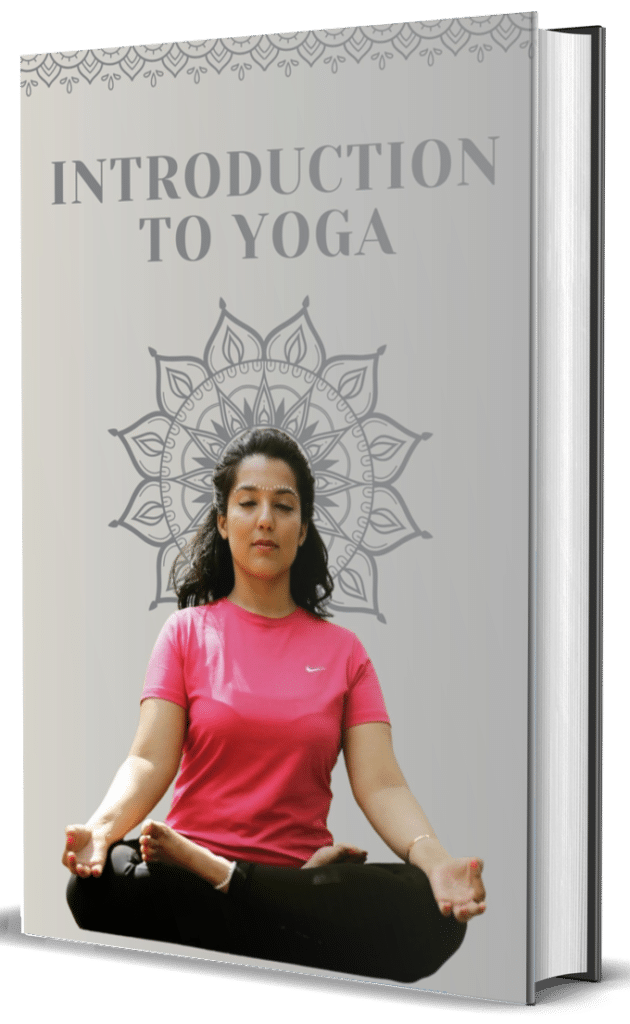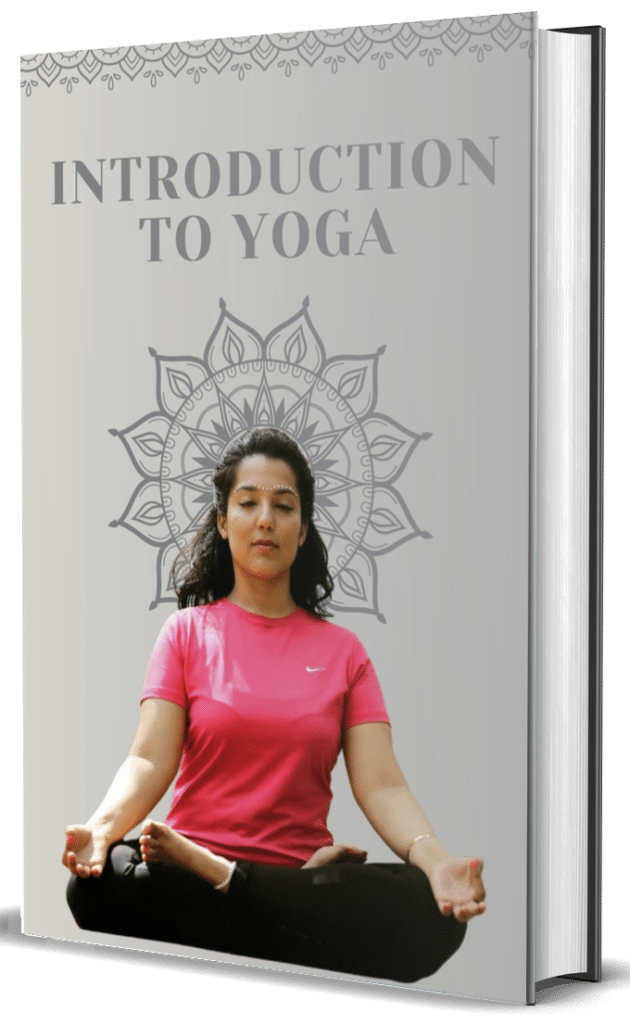Eight Limbs of Yoga (Ashtanga) refers to the comprehensive system of yoga philosophy outlined by Sage Patanjali in the Yoga Sutras. The term ‘Ashtanga’ literally means ‘eight limbs’ (‘ashta’ meaning eight and ‘anga’ meaning limb) and provides a holistic framework for yoga practice beyond just physical postures.
These eight interconnected components create a complete path toward spiritual enlightenment:
- Yama (Ethical restraints): Ahimsa (non-violence) Satya (truthfulness) Asteya (non-stealing) Brahmacharya (right use of energy) and Aparigraha (non-greed)
- Niyama (Personal observances): Saucha (purity) Santosha (contentment) Tapas (discipline) Svadhyaya (self-study) and Ishvara Pranidhana (surrender to the divine)
- Asana (Physical postures): Developing a strong comfortable body through yoga poses
- Pranayama (Breath control): Techniques to regulate and expand vital energy
- Pratyahara (Sensory withdrawal): Turning attention inward by withdrawing from external stimuli
- Dharana (Concentration): Focused attention on a single point
- Dhyana (Meditation): Sustained concentration leading to meditative absorption
- Samadhi (Integration/enlightenment): Complete absorption and union with the object of meditation
It’s important to note that while ‘Ashtanga Yoga’ also refers to a specific physical practice system developed by K. Pattabhi Jois the original Eight Limbs represent the broader philosophical foundation of all yoga traditions. Understanding these limbs helps practitioners develop a more balanced approach integrating ethical living breath awareness physical practice and meditation techniques for holistic transformation.



